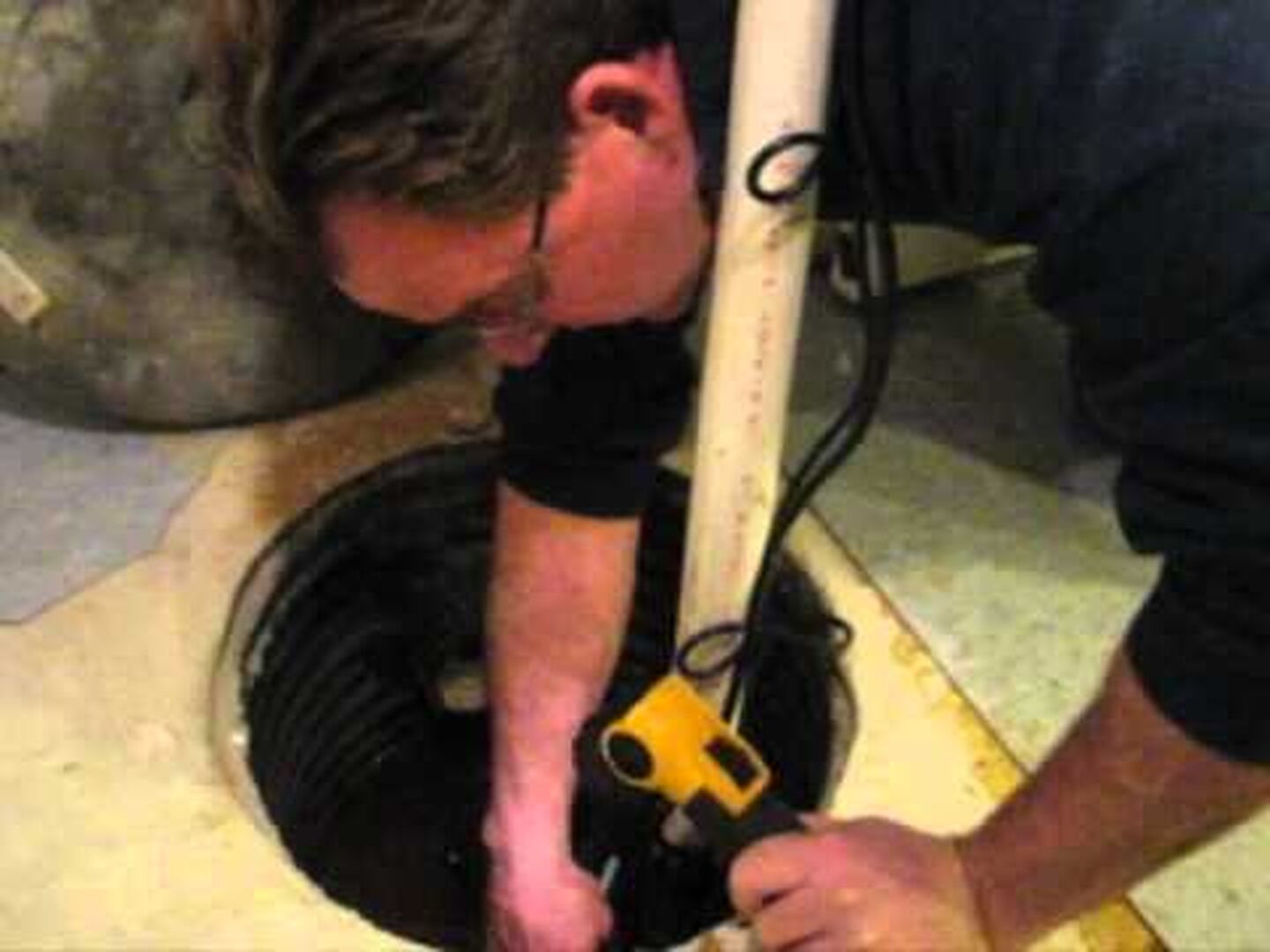What’s the Best Way to Test a Sump Pump in Chicago?

People often talk about how they love the sound of rain falling on the roof or pattering on the leaves of trees. For homeowners, a more reassuring sound when it rains may be the “whirr, clunk” of their sump pump expelling water from under and around their foundation that would otherwise result in a wet basement.
To make sure the sump pump keeps on “whirring,” it’s a good idea to test it once in a while when it’s not raining. All Chicago homeowners should do this at least once a year, preferably twice, in the spring and again in the fall.
How a Chicago Homeowner Should Test a Sump Pump
A sump pump is like any other mechanical object – it is subject to wear and tear. Also, the useful life of a sump pump can be shortened through abuse although “abuse” of a sump pump is never intentional and may go completely unnoticed.
Most sump pumps in use today are the submersible variety – a sealed electric motor and pump in one unit that sits underwater in the sump basin. These have mostly replaced the old pedestal sump pumps because they are more efficient and run cooler and quieter by being underwater.
To make sure your sump pump is up to the rigors of handling snowmelt and spring rains, start by checking the electrical connection. Sump pumps should ideally be on a separate circuit with the appropriate sized circuit breaker installed. Make sure the pump is securely plugged in and that the circuit has power.
Next, fill a bucket with water (or connect a garden hose to the laundry sink) and slowly fill the sump basin until the sump pump turns on. Make sure that, whichever type of float switch your sump pump has, it is able to move freely and doesn’t get hung up on wires or the side of the sump basin.
Observe how quickly the pump begins to run. If it kicks on after you’ve poured in only a little water your float switch is probably set too low. If that’s the case, your sump pump is cycling on and off too frequently and will cause the motor to burn out long before it should. (This is the “abuse” mentioned earlier.) If the water rises near the drain tiles running into the basin before the pump turns on, you should lower your float switch. This lessens the chances that your float switch will catch on something and cause trouble during periods of heavy rain.
Remember that “clunk?” That’s the sound of the check valve closing when the pump shuts off. The check valve is located in line with the discharge pipe, usually several feet above the sump pump; it is a “flapper” valve that opens when the water is flowing out and closes when the flow stops. Make sure your check valve is working properly by noting whether the water in the sump basin seems to rise without anything flowing in from the drain tile. If it does, the check valve is allowing backflow and should be replaced.
One last thing to check that is specific to homes in Chicago is the termination of the sump pump’s discharge pipe. Homeowners in the city are required to connect their sump pump discharge lines to the municipal sewer rather than discharge onto the lawn or into a dry well. Those outside the city should check that discharge has not been buried or clogged and that it is expelling water at least 10 feet from the house to avoid basements leaks and foundation damage.
If you don’t feel confident inspecting the sump pump yourself, or aren’t sure what you discovered when you did, a basement waterproofing professional can help. At U.S. Waterproofing, we have installed thousands of sump pumps for many of our more than 300,000 satisfied customers and we know when they should be repaired or adjusted and when they should be replaced. Why not ask for our free advice?




